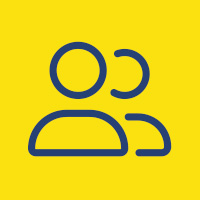What is it?
A stroke happens when the supply of blood to your brain is disrupted, meaning it doesn’t get the oxygen and nutrients it depends on. In some cases, blood vessels spontaneously burst, causing a haemorrhage or bleeding on the brain. In addition to the key physical issues associated with a stroke, one third of stroke victims have some form of vision loss.













